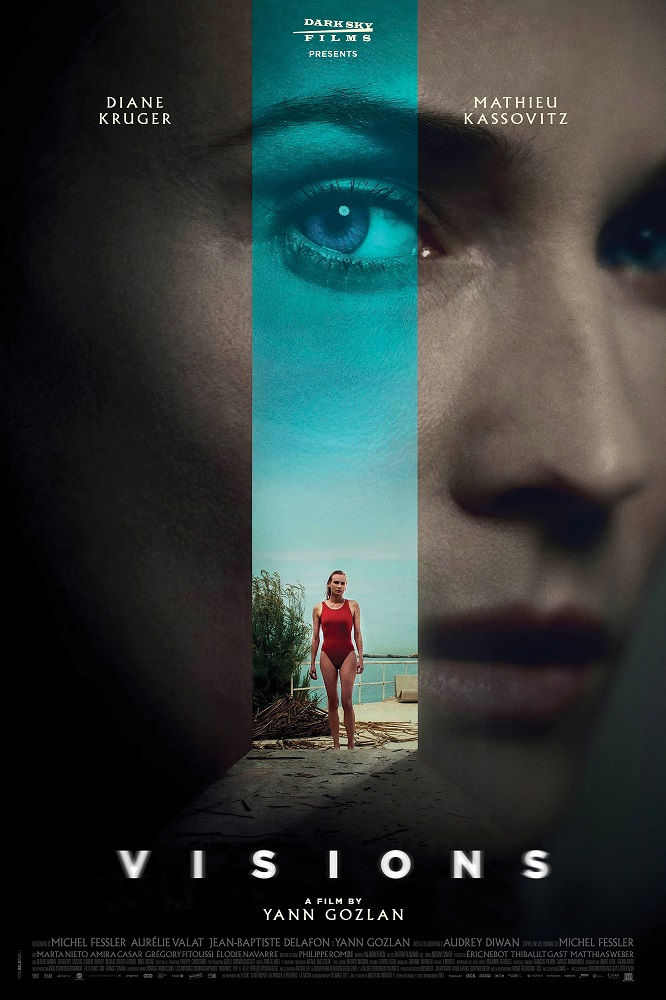Take Me To the River: New Orleans (A PopEntertainment.com Movie Review)
- PopEntertainment

- Apr 29, 2022
- 3 min read
Updated: Nov 26

TAKE ME TO THE RIVER: NEW ORLEANS (2022)
Featuring The Neville Brothers, Dr. John, Irma Thomas, Ledisi, Mystikal, G-Eazy, Snoop Dogg, WIlliam Bell, Anders Osborne, Galactic, Mannie Fresh, Preservation Hall Jazz Band, Christian Scott, Donald Harrison, Big Freedia, Ani DiFranco, Alex Ebert of Edward Sharpe and the Magnetic Zeros, PJ Morton of Maroon 5, Rebirth Brass Band, Dirty Dozen Brass Band, Soul Rebels, Voice of the Wetlands, The Givers, Dumpstaphunk, Bobby Kimball, Naughty Professors, Cheeky Blakk, Lost Bayou Ramblers, Walter Wolfman Washington, Master P, Jon Batiste and Davell Crawford.
Narrated by John Goodman.
Written by Martin Shore and Robert Gordon.
Directed by Martin Shore.
Distributed by 360 Distribution Inc. 110 minutes. Not Rated.
About eight years ago, record producer turned documentary film director Martin Shore released Take Me To the River, his look at the music scene of Memphis, Tennessee – particularly the legendary soul label Stax Records. In that film, Shore got together a lot of the surviving sidemen from Stax – and some of the front men like Bobby “Blue” Bland, William Bell and Booker T. Jones – and hooked them up with a newer generation of musicians (mostly hip-hop-based), sat them down in the studio and recorded the ensuing musical fireworks. In between generation-bridging performances, the film gave a brief historical background on the musical and racial resonance of Memphis soul.
Years later, Shore has moved even deeper south… by almost 400 miles – for the second film in the series, Take Me To the River: New Orleans. Like Memphis, New Orleans has a very culturally distinct and evocative music scene. Unlike the mostly soulful sound of last film, the Nola music is more of a gumbo – a mélange of soul, jazz and zydeco roots mixed with bounce beats and native American and African influences, all mixed together into a spicy jambalaya.
Like the first film one takes some of the classic names of New Orleans music – Irma Thomas, The Neville Brothers, Dr. John, The Preservation Hall Jazz Band – and sets them up with jam sessions with some of the youngsters on the Nola scene to record new versions of old classic tunes. Not everyone is from New Orleans, though. Two artists return from the Memphis sessions, William Bell and Snoop Dogg, who team up with G-Eazy to do a rethink of Allen Toussaint’s “Yes We Can Can.” (And Snoop and G-Eazy, of course, are both from California.)
The film starts off on a high note as Grammy-winning singer/songwriter Ledisi is paired up with soul mama Irma Thomas – and the younger artist’s enthusiasm for being in her idol’s proximity is contagious. (Thomas, old pro that she is, takes it all in stride and works hard to make her partner comfortable.)
This leads to a whole set of team-ups – some inspired and some a tiny bit awkward. Aaron Neville and his brothers show that they have perfect soul (and Aaron’s voice is still a thing of extreme beauty.) The mashup of the Soul Rebels and bounce hip-hop artist 5th Ward Weebie is a total jam. Dr. John gets to play his classic tune “Jock-a-mo” (which is better known by its alternate title “Iko Iko”) with the grandson of the song’s writer.
However, sometimes the hip-hop interludes don’t necessarily add to the classic song they are celebrating. Sorry, just like in Memphis, Snoop Dogg dropping rhymes in the middle of his song (“Forgot To Be a Lover” in Memphis, “Yes We Can Can” here) is more of a distraction than a positive addition to the song. Still, in general, these collabs are a life-affirming look at generations of talent bridging the years.
Unfortunately like the first chapter, by the time this film is hitting theaters many of the artists interviewed and performing here have passed on, including Dr. John, Art and Charles Neville of The Neville Brothers (Art was also in the Meters), and young bounce artist 5th Ward Weebie. There is also an extended appreciation of legendary New Orleans songwriter Allen Toussaint, who also died early on in the filming. (Toussaint was not interviewed for the film, nor did he play in any of the musical collaborations, but the film has a good amount of footage of him and the collab of “Yes We Can Can” was performing one of his better-known songs.) The knowledge of their passing gives the celebration of music a bit of a bittersweet feel.
Of course, New Orleans has a long tradition of turning wakes into celebrations and Take Me To the River: New Orleans honors this ritual by mixing the happy with the sad, the mournful with the tuneful. New Orleans knows how to throw a party, and here is further proof.
Jay S. Jacobs
Copyright ©2022 PopEntertainment.com. All rights reserved. Posted: April 29, 2022.











Comments